Health Diplomacy: India-made vaccine at centre stage of pandemic management
India has a longer track record of supplying medicines and vaccines to the rest of the world, than any other country, including China, writes Rajendra Shende for South Asia Monitor
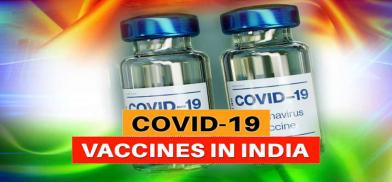
It was French scientist Louis Pasteur who did research on structured microbiology and immunology. In the latter part of the 19th century, he discovered rabies and cholera vaccine. That discovery has been a boon to humanity as it continues to save lives whenever viral epidemics or infectious diseases strike.
Paradoxically it is the French people who are the most reluctant and even in denial mode to get vaccinated. Recent surveys have shown that over 50 percent of the French have denied taking the vaccine for COVID-19. Many would say that it is yet another example of a ‘French exception.’ However, one of the reasons is related to the skepticism of the vaccine’s effectiveness. They also have fundamental questions on the practice of using vaccination as a cure for the disease. They feel that it is ethically and medically wrong.
Many believe that the reason for French opposition for vaccination lies in a roadside dislike displayed by them to anything that comes from a narrow English Channel in the north. The fact that the vaccination was first discovered in England for smallpox by the end of the 18th century by doctor Edward Jenner has made the French uncomfortable.
When Pasteur carried out successful experiments of vaccination and saved the population from rabies later in the 19th century, the French decried it as "English practice" replete with unethical standards.
What comes as a total surprise is the strong hesitation by the French nationals to accept vaccination to defeat COVID-19 when France and other European countries like Denmark, UK and Germany are in the process of a third lockdown due to the surge in COVID-19 infections. As if it is another paradox, to top it all, the most advanced research on the COVID vaccine has recently been abandoned by the French Institute named after Pasteur due to unsuccessful trials.
This pandemic has been unprecedented. At the same time, the scientists have also accomplished the development of the COVID-19 vaccine within an unprecedented short time. While vaccine development time is typically 10-15 years, health regulatory authorities have given approvals for emergency use of COVID-19 vaccines in less than one year. Historically, the fastest development of any vaccine was for mumps vaccine. It took four years in the 1960s. The development of a vaccine is only the first step; then comes the delivery and distribution system, precisely like the supply chain to the military in the war.
A less known fact is that not only there is hesitancy in getting vaccinated by the public in developed countries – just like the French nationals, 30 percent of British have shown similar reluctance - the developed countries have also shown the hesitancy in manufacturing vaccines purely from a commercial point of view. When it comes to research and development (R&D) of new vaccines, manufacturers are generally unwilling to invest time and money into a long period of R&D since they may not recoup their costs and make a profit early in the business. There is also a widespread belief that epidemics originate mainly in the developing or in the least developing countries (LDCs) due to their poor sanitation. But that belief was shattered when the pandemic reached their doorsteps. De-emphasising the role of vaccines due to selfish motives by the multinationals has affected the distribution systems as well.
Developing countries have to develop their own delivery and supply systems and the cold chain for delivering effective vaccines to remote corners so that it reaches the poor in time. Very few had seriously heeded to such hidden selfish economic motives of the business in the developed countries with tghe exception of Bill and Melinda Foundation and GAVI (Global Alliance for Vaccines and Immunizations). Gates believed that if the developed countries do not cooperate in manufacturing vaccines for the epidemics the death toll in these countries would multiply exponentially.
The United Nations had made weak efforts to address this fragmented issue of immunization through vaccination. UN agencies like the World Health Oraganisation (WHO) and UNICEF do not have the money to pay high prices charged by the manufacturers based in developed countries. While the automobile manufacturers shifted to the developing countries mainly to improve their profits due to cheap labour, a similar phenomenon was not followed by the vaccine manufacturers, barring in few countries like India and then in China.
The UN could have played a great role, but that opportunity was missed. The UN always looked for ‘after-treatment’ than ‘early prevention.’ For example, the UN could have created an institute to develop and manufacture the vaccines in the developing countries in a proactive manner by identifying the possible viruses in advance, guessing their mutations and variants. Creating the depository or a vaccine bank for equitable distribution in an eventual pandemic was the right way to do it. In fact, it was suggested in the past.
The WHO is now promoting an equitable shared mechanism for the vaccines to fight COVID-19, particularly for LDCs. Though it is a very late suggestion and definitely a reactive one rather than proactive, the UN through WHO has developed Access to COVID-19 Tools (ACT) Accelerator. It is a global collaboration to accelerate development, production, and equitable access to COVID-19 tests, treatments, and vaccines. The framework is still laden with euphoric and quixotic ideas devoid of practical perceptions. It is beyond anyone’s imagination that after months of all-encompassing pandemic any country could agree to global equality of access to vaccines to other countries before achieving the same within their own countries.
The COVAX facility is created as part of ACT Accelerator. It would be armed with funds promised and donated mainly by rich countries and philanthropists. Currently, 189 countries are part of this facility. Its target is to provide at least two billion COVID-19 vaccine doses by the end of 2021. However, the success of the COVAX is in doubt. Modeling exercise supported by the Bill & Melinda Gates Foundation has suggested that if these vaccines are grabbed by high-income group countries without equitable access to low and middle-income group countries then the global COVID-19-deaths will double. And that would be the collapse of COVAX.
In such a scenario, India’s vaccine research and manufacturing have accomplished the most remarkable and exceptional results with finesse. Indian Prime Minister Narendra Modi’s government took visionary steps while taking into account a well-developed manufacturing hub for pharmaceuticals and vaccines in India. Modi realised that India, which is known as the "pharmacy of the world", could be the game-changer not only in developing the vaccine but also in opening a new chapter in India’s continuing health diplomacy, and which United Nations are attempting at the global scale for a long time.
Undeterred by China’s border clashes that turned out to be a major distraction from managing what has turned out to be singularly uncertain, unpredictable, and atypical national crisis, Modi kept walking the path that led to unparalleled dividend for India on a national and global platform. The well-established manufacturing facilities like Serum Institute, Bharat Biotech, Biological E., Hetero Biopharma, Dr. Reddy's Laboratories, Zydus Cadila, Genova among others have made India a global leader that is now difficult to challenge even by China. The smart collaboration with institutes abroad like Oxford and Astra Zeneca has been the right step as the global crisis requires global cooperation. Under the clarion call by Modi on ‘Atmanirbhar Bharat’ (Self-reliant India), the vaccine was developed and manufactured indigenously.
Practicing of health diplomacy is already allowing India to take centre stage in managing the pandemic. Many experts had doubted India’s ability to vaccinate 1.3 billion people and yet fulfill the promise to help other countries.
India as such meets more than 60 percent of the vaccines that the world uses. Apart from being at the forefront of supplying medicines like hydroxychloroquine to more than 100 countries, it has been helping nearly 90 countries on other pharmaceutical needs, like test kits, and other essential equipment.
Despite challenges, and doubts on capability, India has launched the world’s largest COVID-19 vaccination drive on January 16, 2020 by starting to vaccinate the health workers, who were at the forefront of the COVID war. More than a billion doses are needed to protect Indian population. But India has also initiated the supply of around 20 million doses of the vaccine to other nations. About four million doses have been already been distributed to Bhutan, Maldives, Nepal, Bangladesh, Myanmar, and Seychelles. Commercial exports are also in the pipeline to Morocco, Saudi Arabia, South Africa, Brazil, and Bolivia. Brazil President Jair Bolsonaro in his letter to Modi, borrowed from the Ramayana, to compare the export of hydroxychloroquine to reach his country to Lord Hanuman and Sanjeevani booti (life-giving herb) in the epic. 'Neighbourhood First' has been the Modi government’s priority in its foreign policy but in the distribution of vaccines to Latin America, Africa, and the Central Asian countries, commercial pacts have also been signed.
India has a longer track record of supplying medicines and vaccines to the rest of the world, than any other country, including China. There are good signs that India has been transparent in demonstrating the results of the vaccine in terms of health and safety as well as containing the pandemic. Now many countries have written to India that they want to use an India-made 'weapon' called the COVID vaccine to fight a big war called COVID-19.
(The writer is chairman TERRE Policy Centre and former director UNEP. The views are personal. www.rajendrashende.com/www.rajendrashende.blog)





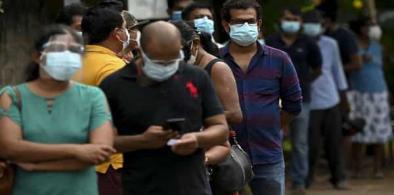
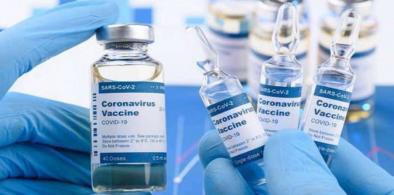
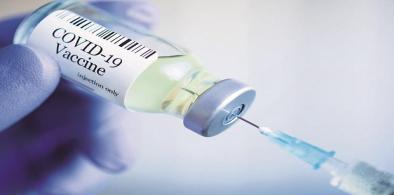
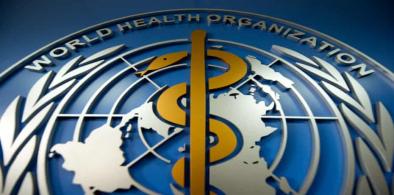
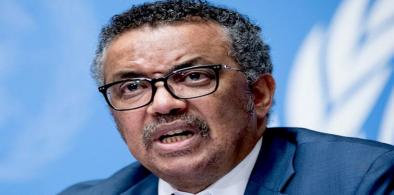
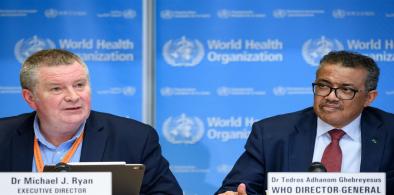
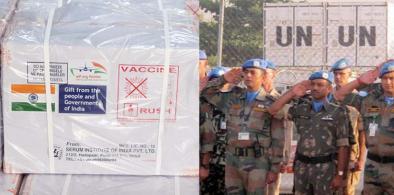
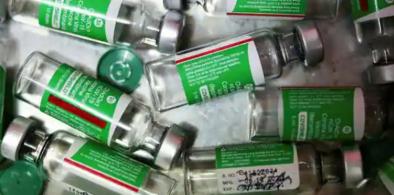
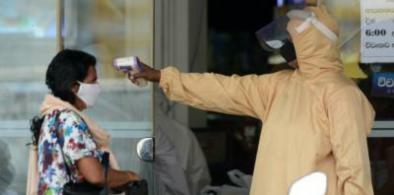


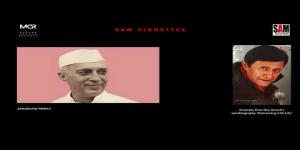




Post a Comment